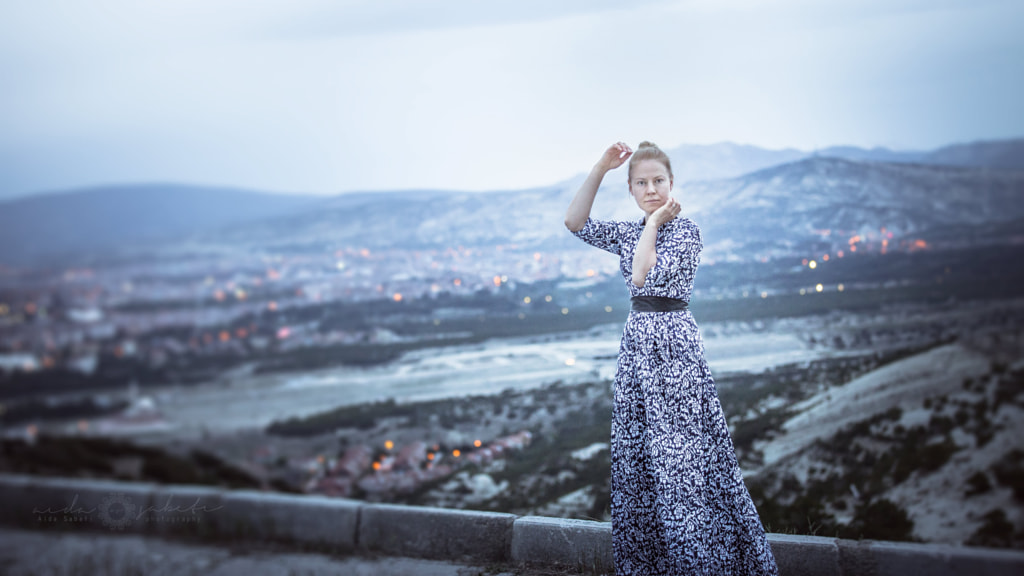Seven Techniques and Tips to Make Better Composition in Photography
Crafting a fantastic photo starts with composition. Understanding the fundamentals of great compositions can take your photography to new heights! Here are 7 approaches that will help you create stunning shots each time! I'm just scratching the surface here - stay tuned for more detailed articles and professional resources on how to advance your knowledge in this area further.
1. Rule of Thirds
The Rule of Thirds is one of the most common compositional techniques. It involves dividing your image into thirds, both horizontally and vertically, creating nine equal parts in total. Placing the main focus of your photo at the intersection of these lines will give your image a balanced feel.
2. Framing
Framing is another technique often used by photographers to draw attention to the subject of their photograph. Framing can do this by using existing elements from your environment, such as trees or buildings, or by introducing items like fences or windowsills into the frame. Framing brings so much fun; when you start seeing objects through the frames you explore, you will become more aware of the beauty of your surroundings and enjoy exploring new views. Give this technique a try and see what unique perspectives await - I promise you won't regret it!
3. Leading Lines
Incorporating leading lines into your photography can create a more compelling image that draws viewers in. This technique is based on the idea of using visual cues, like roads or rivers, to guide someone's gaze and help them focus on the intended subject. These could be real-world objects or something less tangible such as light trails or reflections - whatever taps into our instinctive eye movements and leads us towards what we wish to highlight in an image. While this composition method might seem simple at first glance, it has great potential for enhancing your photographs!
4. Balance
Try visualizing your frame as a scale and striking an equilibrium by exhibiting equal weight on both sides of the image for maximum impact!
Balance in photography is all about creating harmony within the frame so that no one element dominates. It requires thoughtfully arranging different elements to ensure eyes move evenly across your image for a visually pleasing effect!
5. Perspective
Capturing shots from different angles can help create interesting compositions that draw viewers in more than if you were shooting from straight-on or head-on viewpoints only.
Experiment with low-angle and high angles shots and even unusual angles for creative effects! Nor do you nor your camera try to avoid getting stuck into a similar position all the time.
6. Background
To create an effective photograph, carefully consider what's going on in the background. Consider textures and colours that can help bring attention to your subject matter; try introducing contrasting elements or taking advantage of negative space for a dramatic effect!
7 . Colour Theory
Colour theory is something else you should consider when composing images – understanding how colours play off each other will help create stunning photographs that immediately grab viewers' attention! Try using complementary colours together (those opposite each other on the colour wheel) or analogous colours (adjacent on the wheel) for maximum impact.
Implementing effective composition techniques when taking photographs is critical if you want them to look professional and aesthetically pleasing. By practicing these seven techniques and tips, you should create better compositions easily! All that's left now is for you to go out there and get snapping! Happy shooting!


